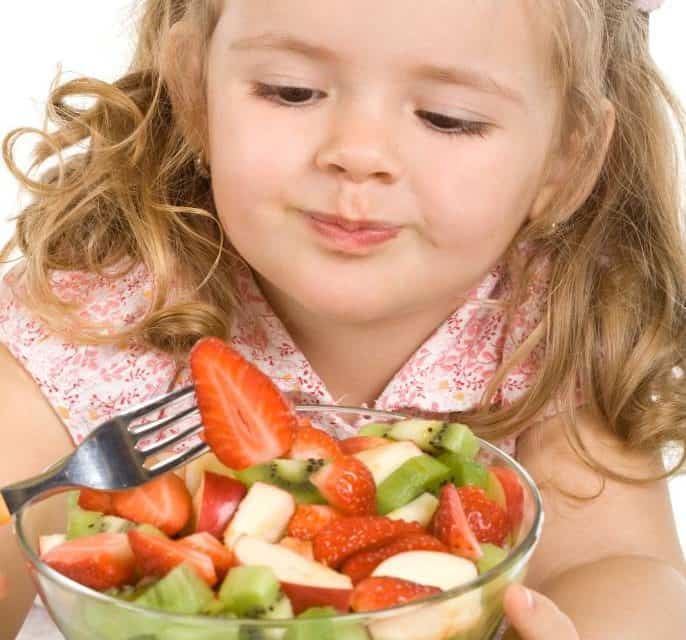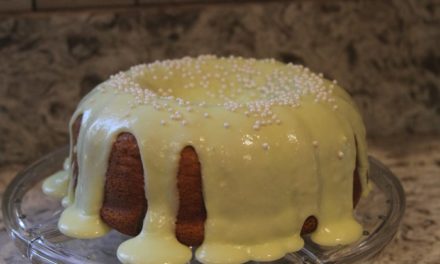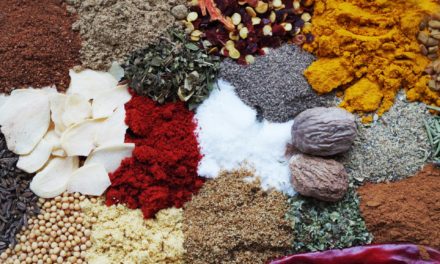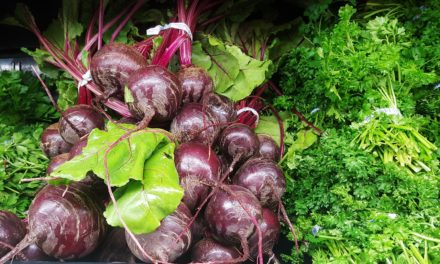Small Hands in the Kitchen
By Jamie Huynh, Quincy Natural Foods Cooperative
[media-credit name=”stock photo” align=”alignleft” width=”300″] [/media-credit]With developing motor skills and curiosity, children can be challenging to include in the kitchen. But the more involved children get the more interested they become and the more likely they are to eat their veggies. Mountain Passages’ Digging In program sees this first hand when they involve children in the growing and preparation process. Many program participants actually request and enjoy kale because they invest time and energy in the garden and the kitchen. Here are some simple ideas to involve children in food preparation.
[/media-credit]With developing motor skills and curiosity, children can be challenging to include in the kitchen. But the more involved children get the more interested they become and the more likely they are to eat their veggies. Mountain Passages’ Digging In program sees this first hand when they involve children in the growing and preparation process. Many program participants actually request and enjoy kale because they invest time and energy in the garden and the kitchen. Here are some simple ideas to involve children in food preparation.
Growing Minds Want To Know – If you have the space grow a garden outside and allow children to plant the seeds, cover them with soil, turn the hose on to water plants and harvest the fruits of their labor. If space is limited, keep a potted plant, such as basil, and have children help with watering and harvesting.
Visualize Whirled Peas – Mix things up and make a healthy smoothie. Two parts fruit to one part veggie with some liquid poured in makes a delicious summer treat. I like to include some frozen fruit to cool kids down in the summer. Great smoothie veggies include greens (spinach or kale), beets, carrots, cucumbers and celery. Ripe bananas add sweetness and yogurt can be a source of protein. Use juice, milk, water or milk substitute (rice, soy, almond, coconut) for the liquid. The best part is that even young children can place items in the blender and help press the buttons.
Pie for Dinner? – Making dough may seem laborious but it’s actually quite simple. Have children help with stirring and let them punch the dough down after its risen. Small hands are great at flattening out small rounds for personal pizzas, spreading sauce and placing a medley of veggies on top. Older children can help with measuring ingredients, too.
When grocery shopping allow children to help select items in the produce department. Talk about the different colors and textures and remember, it’s okay if youngsters don’t go for all the veggies. Encourage them to try new flavors but accept the dislikes as well as the likes. Have fun with food!
Whole Wheat Pizza Dough
2 cups water, slightly warm to touch
1/4 teaspoon instant yeast
1 1/2 teaspoons salt
2 Tablespoons oil
3 cups unbleached all-purpose flour
1 cup whole wheat flour
Mix the water and yeast together and let sit for five minutes. Add salt and oil to yeast mixture in a large bowl. Add flour one cup at a time. Stir until all the flour is absorbed. Cover with a kitchen towel and set aside for 18 hours or overnight. In the morning uncover the dough and pat down to deflate it. With a rubber spatula scrape the dough out onto an oiled pan (or put flour on hands and have children flatten rounds on pan). Set pan aside uncovered for 2 hours to rise. Preheat oven to 425F a half hour before the bread will be done rising. Add sauce and toppings and bake for 30 minutes or until crust and cheese are golden brown.












